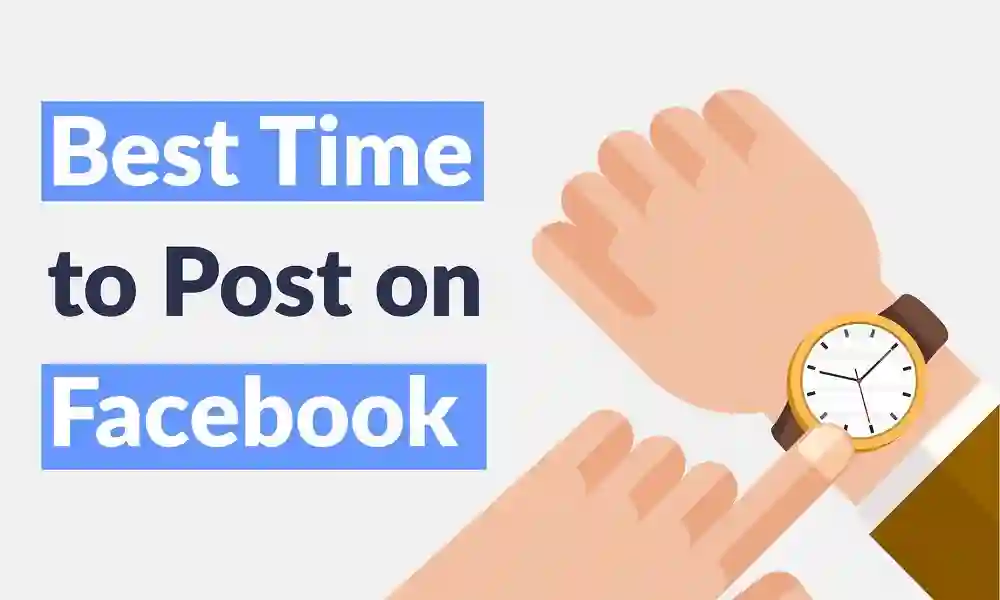In the ever-evolving world of social media, timing plays a pivotal role in the success of your Facebook posts. Crafting and sharing content at the right moment can significantly impact your reach, engagement, and overall success on the platform. In this article, we’ll explore the importance of timing your Facebook posts and provide you with actionable strategies to optimize engagement.
The Significance of Timing
Why does timing matter so much when it comes to Facebook posts? The answer lies in how social media algorithms and user behavior intersect:
- Algorithmic Advantage: Social media platforms, including Facebook, use complex algorithms to determine which content appears in users’ feeds. These algorithms take various factors into account, such as engagement rates, post recency, and user interactions. Posting your content when your audience is most active increases the likelihood of your posts being seen and engaged with.
- User Activity Patterns: Users tend to be more active on Facebook during specific times of the day and week. Understanding these patterns allows you to schedule your posts when your audience is most likely to be online and receptive to your content.
- Reduced Competition: By posting at strategic times, you can avoid being buried in a sea of content. Timing your posts effectively can help your content stand out in users’ feeds, increasing the chances of it being noticed and engaged with.
Crafting a Timing Strategy for Success
Now that we understand the significance of timing, let’s delve into the strategies for crafting a successful timing strategy for your Facebook posts:
1. Know Your Audience
Understanding your audience is the foundation of an effective timing strategy. Conduct thorough audience research to determine their demographics, time zones, and online behavior. This knowledge will help you align your posting schedule with their habits.
2. Leverage Facebook Insights
Facebook provides valuable insights into your page’s performance, including data on when your followers are online. Access Facebook Insights to view the “When Your Fans Are Online” section. This graphical representation shows the days and times when your audience is most active. Use this data as a starting point for your posting schedule.
3. Segment Your Audience
If your audience spans multiple time zones or regions, consider segmenting your posting schedule to cater to different groups. This ensures that you reach each segment during their respective peak activity times. Tools like Facebook’s Page Post Targeting can help you tailor your posts based on location.
4. Experiment and Analyze
While Facebook Insights provide valuable guidance, it’s essential to experiment with posting times within your identified peak periods. Test different time slots and analyze the performance of your posts over time. Gather data on which specific time slots yield the best results for your content and audience.
5. Content Relevance
The type of content you post should align with the time of day. For example, consider sharing informative articles in the morning when people are seeking information and entertaining content in the evening when they are winding down. Tailoring your content to match the mindset of your audience can enhance engagement.
6. Use Scheduling Tools
To ensure consistency in your posting schedule, use scheduling tools like Facebook’s built-in scheduling feature or third-party social media management tools. These tools allow you to plan and schedule your posts in advance, even during non-business hours.
7. Monitor and Adapt
Regularly review the performance of your posts using Facebook Insights and analytics tools. Track metrics such as reach, engagement, click-through rates, and conversion rates. Use this data to fine-tune your posting schedule and content strategy.
8. Stay Informed About Algorithm Changes
Social media algorithms can change, affecting the visibility of your posts. Stay informed about algorithm updates and adapt your strategy accordingly. For example, when Facebook emphasizes certain content formats or engagement metrics, adjust your content to align with these priorities.
9. Consider Special Events and Holidays
Factor in special events, holidays, and observances that are relevant to your audience. Crafting content around these occasions can boost engagement and visibility. Plan your posts in advance to coincide with these events.
10. Engage with Your Audience
Effective Facebook posting isn’t limited to scheduling; it also involves real-time engagement. Respond promptly to comments, messages, and interactions on your posts. Engaging with your audience fosters a sense of community and encourages repeat visits to your page.
11. Seek Feedback
Encourage your audience to provide feedback on your posting schedule. Conduct surveys or ask for input on the timing of your posts. This direct feedback can help you make adjustments that better suit your audience’s preferences.
Conclusion
Timing plays a pivotal role in the success of your Facebook posts. Crafting an effective schedule requires a deep understanding of your audience, thoughtful analysis of data, and adaptability to changing algorithms and user behaviors. By knowing when your audience is most active, experimenting with posting times, tailoring your content, and staying engaged with your community, you can maximize your impact on this influential social media platform.
Remember that timing is just one aspect of a comprehensive Facebook posting strategy. To achieve lasting success, combine timing with compelling content, audience engagement, and consistent brand messaging. With dedication and a strategic approach, you can enhance your presence on Facebook and achieve your goals, whether they involve brand promotion, community building, or information sharing.




